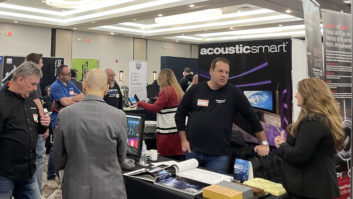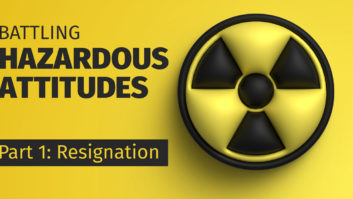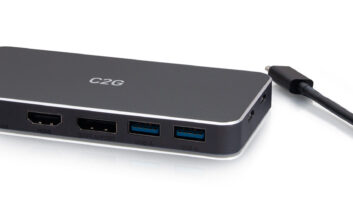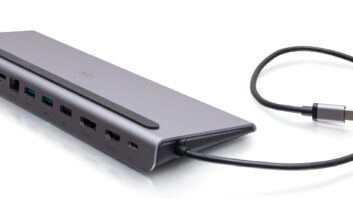The term networking is used quite a bit, especially in the smart home technology industry. But it’s not all about cables — what about your human network? You’ve probably heard it before: “The key to business is networking.” Or something similar. While that’s easy to say, and even believe, it can be daunting.
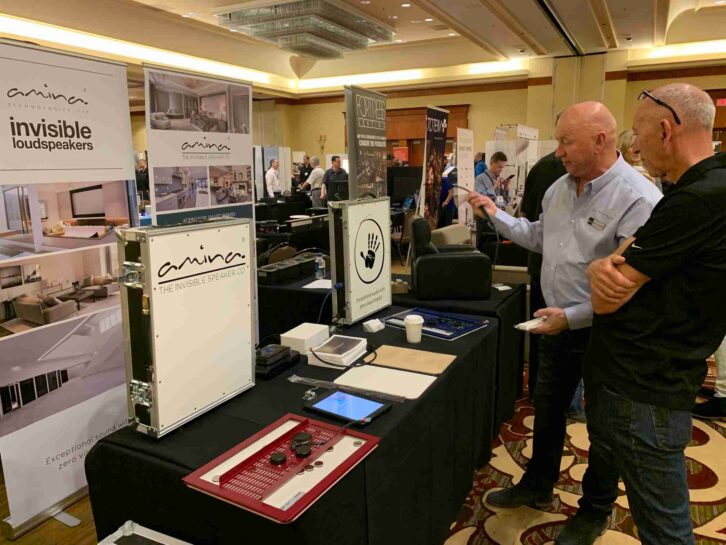
How do you know where to start? What kind of events are best for building industry connections and why? How does one network when they don’t like initiating conversations?
If hearing that you should network to grow as a professional makes your heart race with panic, fear not. There are things you can do to make it more palatable, although one truth underlies them all: It’s likely to be uncomfortable when you first start out.
How In-Person and Virtual Events are Different…And What About Hybrid?
Before the Covid-19 pandemic, in-person networking events reigned supreme. Whether you were in business development, starting in a new industry, or fresh out of school, these events were the place to be to grow your network offline. Many offered opportunities to connect with integrator peers, as well as interview for jobs and meet potential employees.
Then, in 2020, the world basically shut down. Suddenly, the days of in-person events came to a standstill. People still needed a way to stay connected, so virtual events became popular seemingly overnight. Video platforms boomed, and meeting in groups online became the norm across every industry. Many of the same networking aspects were available, but different. For instance, shaking hands with a manufacturer became a small wave of acknowledgment that you’d joined the call.
Related: Tradeshow Prep and Planning Tips
When everyone began to come out of isolation and re-create in-person events, they were different. People were reluctant to travel and be near others, especially in large groups. Some in-person events became a hybrid of in-person elements and virtual perks.
These days, in-person events are growing again. Virtual events are still happening, such as the CEDIA WiCT Webinar Series, and there’s a great mix of hybrid elements for many conferences that make the best of the technology at hand. After all, people still met and connected when we were all separated!
The main differences between in-person and virtual events now include:
- Body language and gestures you can see in person but not online.
- Background noise of a bustling crowd in person versus a dog barking at the Amazon package delivery person who just came to your door.
- In-person events focus on human connection instead of fighting to make sure you have a stable Wi-Fi connection at home.
- Physically attending networking events often costs money, typically more than a virtual event.
- Traveling to an in-person industry event probably means considering costs for getting yourself to and from the event, plus accommodations and food. You can typically attend virtual events from anywhere with a reliable internet connection.
- In-person events are about being in the moment and actively participating. While virtual events have the same general goals, there’s almost always an on-demand content option and more flexibility if you have to walk away from your computer to take care of something.
Perhaps the most profound change in networking events is the growth of video recordings. Recording sessions and keynotes became common for virtual events, and we’re starting to see this more with live events, as well, for example, ISE 2023.
This offers such a benefit for content accessibility, particularly for people who may feel overwhelmed being in a crowd or learn in different ways.
Preparing for an In-Person Networking Event
If you’ve found the perfect event to attend (like the CEDIA Tech Summits), it’s time to get prepared! You’ll have a much better time and get more out of the event if you follow some basic practices before you get there.
- Get or make yourself a professional business card — printed or digital.
- Prepare a 30-second elevator pitch and practice it.
- Research the event. What trade suppliers will be there that you might want to connect with? Are there other integrators, manufacturers, or distributors you’d like to know? What will be there that you want to see? Make a tentative plan for the day.
- Find out if there’s a virtual component (such as an app or online map of the exhibits) and figure out how to use it.
- Decide on a professional look that won’t be uncomfortable. Often these events are long days, but what you wear does matter.
- Get excited — you can do this!
To have the best experience when you arrive, bring:
- Your business cards (Don’t forget them at home or in the hotel room! If it’s digital, make sure your phone is charged before the event.)
- A sense of curiosity.
- Willingness to learn, especially from industry veterans.
- Your professionalism, including clothes, communication, and demeanor. Even if you don’t have a warm and fuzzy personality, you’ll still need to have a modicum of approachability throughout the day.
- Your authentic personality — show people who you are and why your clients or potential clients want to work with you.
You’re ready to network in the smart home technology industry. Don’t worry, you’ll find patterns of what works best for you when you start practicing or getting used to it again.
Stay tuned for a follow-up article next month about how to network effectively when you get to an in-person industry event like the CEDIA Tech Summits!
References & Additional Resources
- https://blog.hubspot.com/marketing/the-ultimate-guide-to-non_awkward-effective-networking
- https://www.betterup.com/blog/networking
- https://www.scienceofpeople.com/networking/
- https://popl.co/blogs/all/modern-networking-tips-for-2023
- https://www.thedigitaltransformationpeople.com/channels/people-and-change/5-networking-tips-for-your-next-tech-conference/
- https://hopin.com/hopin-events/blog/in-person-networking
- https://girlsintech.org/nenetworking-for-women-in-tech/
- https://www.businessnewsdaily.com/3937-elevator-pitch.html
